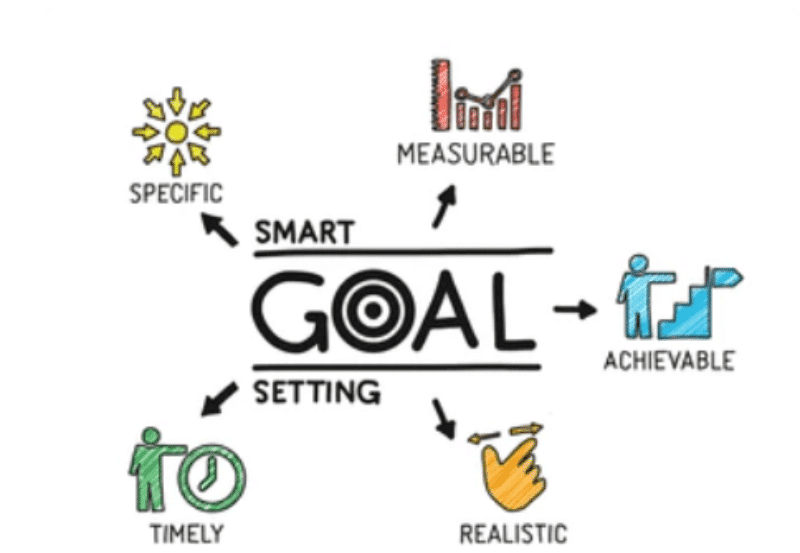Are you an entrepreneur with a vision to turn it into a reality? If so, creating a successful business plan is crucial for you. It helps you secure funding, attract potential partners, and keeps your business on track. This article will provide tips on creating a successful business plan.
Table of Contents
Understand Your Audience
Know your audience to create a successful business plan. Focus on aspects that matter to them, provide detailed financial information, and show the potential return on investment.
Identify Your Target Audience
For an internal audience, such as employees, managers, or stakeholders, focus more on day-to-day business operations, including marketing, sales goals, and customer service plans.
Understand the Needs of Your Audience
Understand the target audience’s needs and expectations to tailor the business plan accordingly. Conduct market research or seek feedback from stakeholders to understand their requirements better.
Tailor Your Business Plan to Your Audience
Tailor your business plan to your audience using clear, concise language that avoids technical jargon or complex terms.
Build a Clear Vision
A clear and inspiring vision is the foundation of any successful business plan. It outlines what you want to achieve with your business.
Articulate Your Company’s Values
Articulate your company’s values to guide behaviour and decision-making. Values such as integrity, teamwork, innovation, and customer service, help create a strong company culture and attract like-minded customers and employees.
Identify Your Long-Term Goals
Your business plan should include your long-term goals. These are the specific, measurable objectives you want to achieve over the next several years. Goals should align with your vision and values and be regularly reviewed and updated as your business grows.
Use Business Analysis
A thorough business analysis can help you better understand your market, competitors, and potential customers. This enables you to identify the unique selling points of your business and develop strategies to address any weaknesses.
Perform a SWOT Analysis

Use a SWOT analysis to identify your business’s strengths, weaknesses, opportunities, and threats. It provides a clear picture of the current situation and helps develop strategies to leverage strengths and address weaknesses.
Analyze Your Market
Research the market size, growth trends, and target customers’ needs to create an effective business plan. This information helps determine products and develop marketing strategies to reach the target audience.
Identify Your Competitors
Identify competitors and research their strengths, weaknesses, products, services, pricing, and marketing strategies to gain a competitive edge. This helps develop differentiation strategies for your business.
Set Realistic Goals
Setting achievable and realistic goals is crucial for any successful business plan.
Short-Term and Long-Term Goals
Identify the specific outcomes you want to achieve in the short term (within the next year) and the long term (within the next three to five years).
Create Specific and Measurable Objectives
Develop objectives that are specific, measurable, and achievable. For example, instead of saying you want to increase sales, you can set a goal to increase sales by a certain percentage within a specific timeframe.
Set Realistic Timelines for Achieving Your Goals

Determine the timeframe for achieving your goals, considering external factors that could impact your business. Be sure to set timelines that are challenging but achievable.
Consider Different Time Frames
It is essential to consider different time frames when creating your business plan.
Create a One-Year Plan
A one-year plan outlines your business’s short-term goals and objectives. This includes projected revenue, expenses, and growth targets. It should also include a detailed analysis of the market, competitors, and potential customers.
Develop a Three-Year Plan
A three-year plan looks at your business’s medium-term goals and objectives. This includes expansion plans and market penetration strategies. It should also include an analysis of the risks and challenges that may impact your business over the next three years.
Outline Your Long-Term Plan

A long-term business plan sets the vision, objectives, and strategic roadmap for the next 5-10 years. It covers ultimate goals, like market dominance or global expansion, and outlines steps such as research and development, marketing, and hiring strategies.
Be Logical, Rational, and Conservative
When creating your business plan, it is essential to be logical, rational, and conservative. Avoid making unrealistic projections or assumptions.
Create Realistic Financial Projections
To achieve this, it is important to create realistic financial projections considering all relevant factors, such as market trends, competition, and potential risks. Sensible assumptions should be made based on available information and historical data.
Identify Potential Risks and Mitigation Strategies
Identify potential risks and develop mitigation strategies to make your business plan adaptable and resilient. A conservative approach increases the likelihood of success and builds a solid foundation for the business.
Periodically Review Your Plan
Periodically reviewing your business plan is crucial for ensuring its continued success. This involves establishing a regular review process, identifying key performance indicators (KPIs), and continuously updating your plan to reflect changes in your business environment.
Establish a Regular Review Process
Regularly review and update your business plan on a schedule that suits your business’s pace of change, whether monthly, quarterly, or annually. Prioritize the review process to avoid missing opportunities or challenges and stay on track.
Identify Key Performance Indicators

KPIs are crucial for reviewing business plans and tracking progress toward goals. They must be specific, measurable, and relevant to the business. For instance, if the goal is to boost sales, KPIs may include new customer count, average sale value, and lead-to-sale conversion rate.
Continuously Update Your Plan
Regularly update your business plan to reflect changes in the business environment. This involves revising financial projections, marketing strategy, or product offerings. Updating ensures that the plan remains effective and relevant over time.
Conclusion
Creating a successful business plan takes time and effort, but the benefits are worth it. By following the tips outlined in this article, you can create a plan tailored to your audience, build a clear vision, use business analysis, set realistic goals, consider different time frames, be logical, rational, and conservative, and are periodically reviewed.
To access more informative blogs, then click here.




